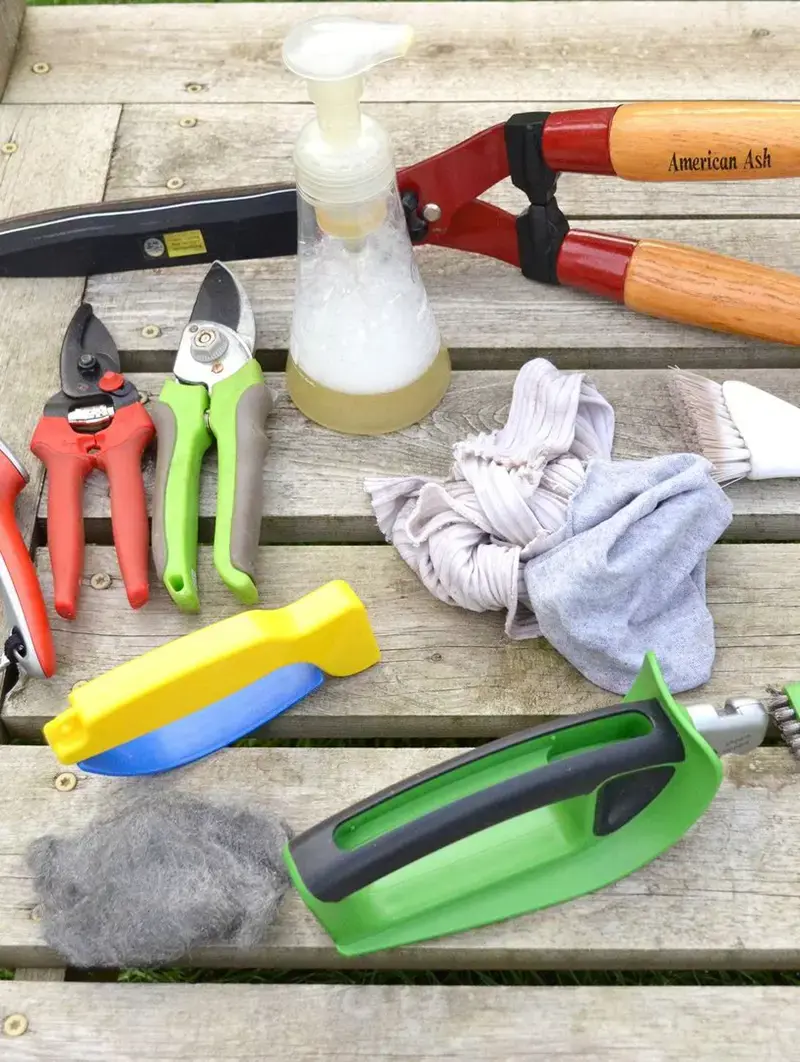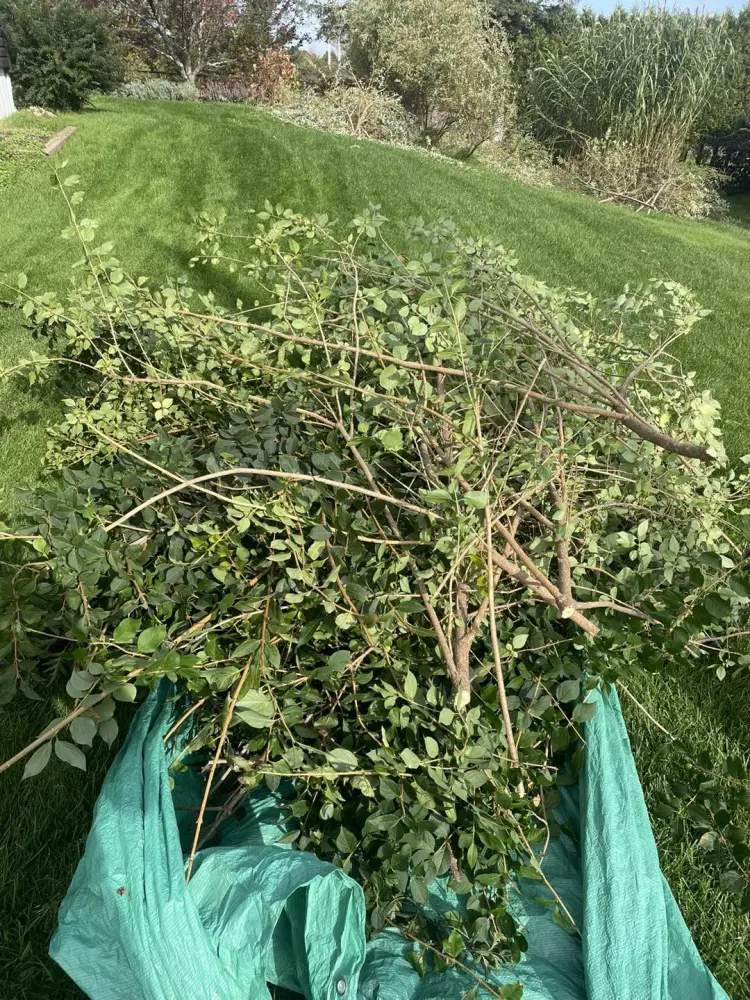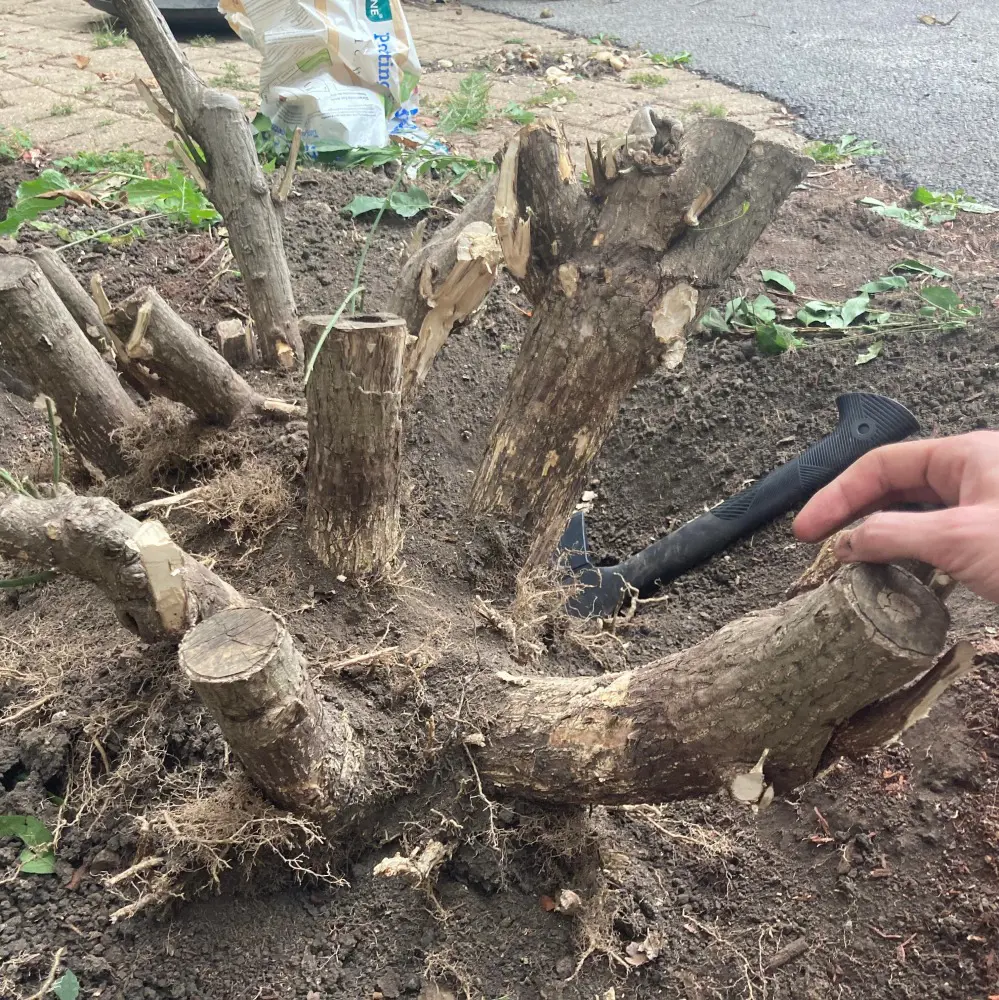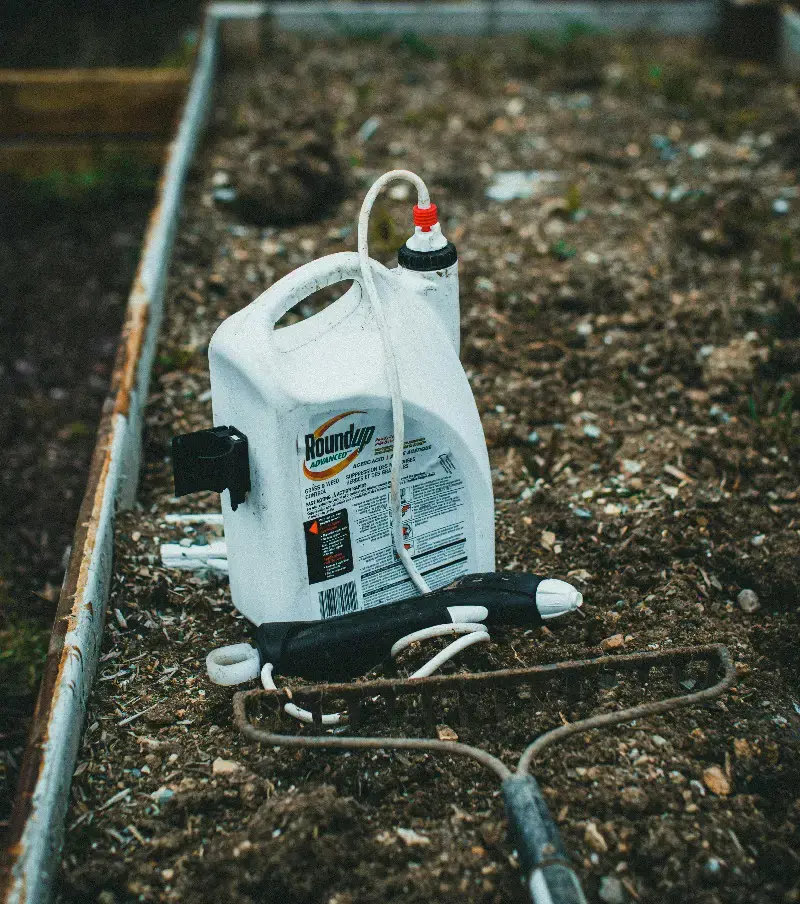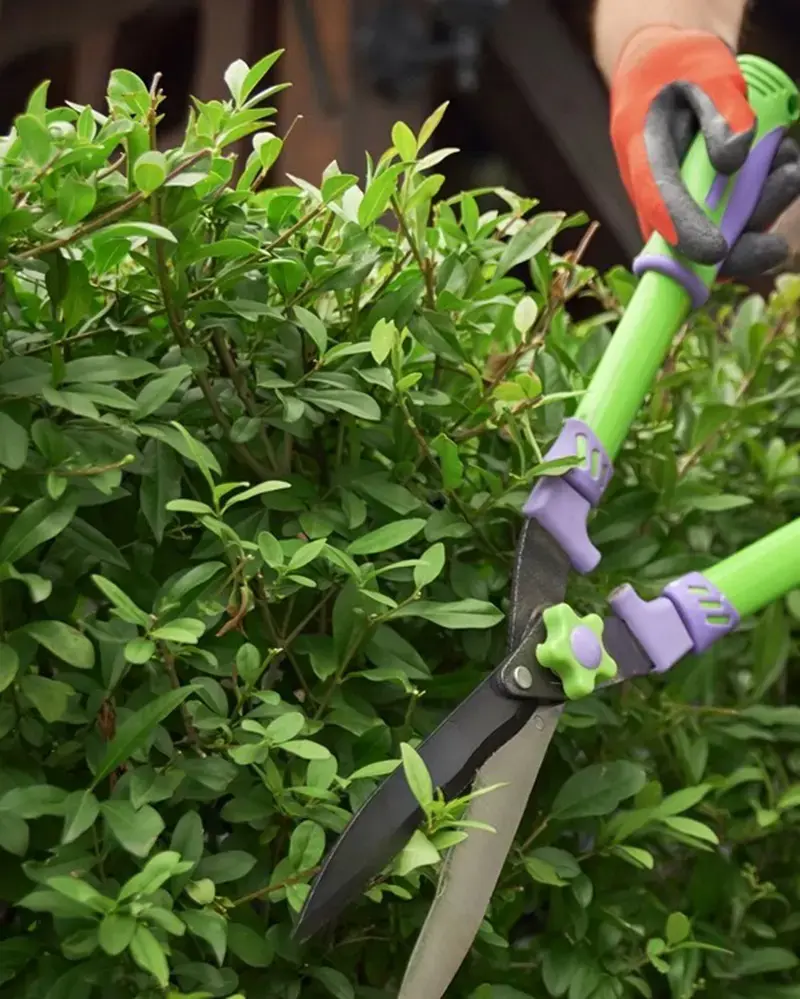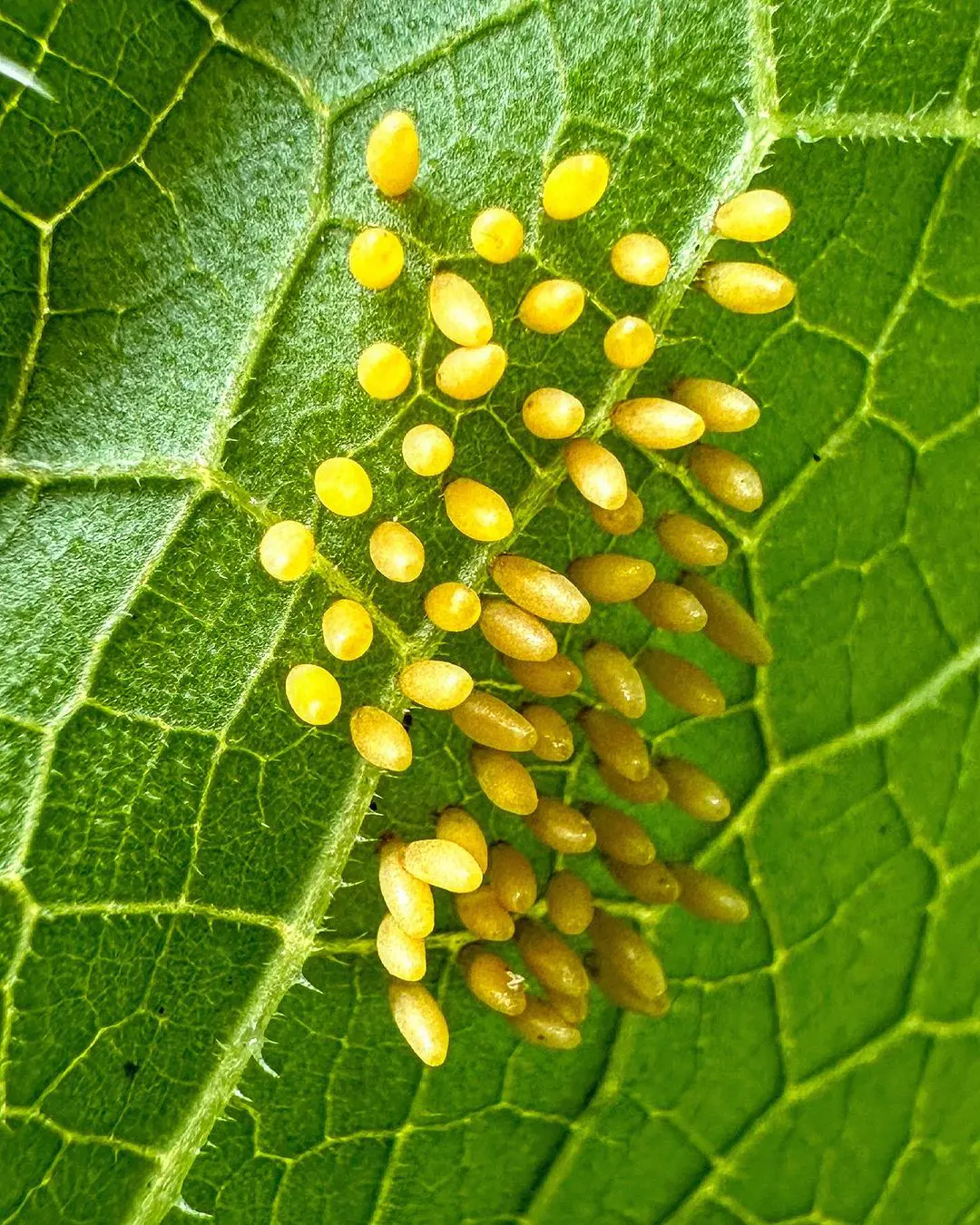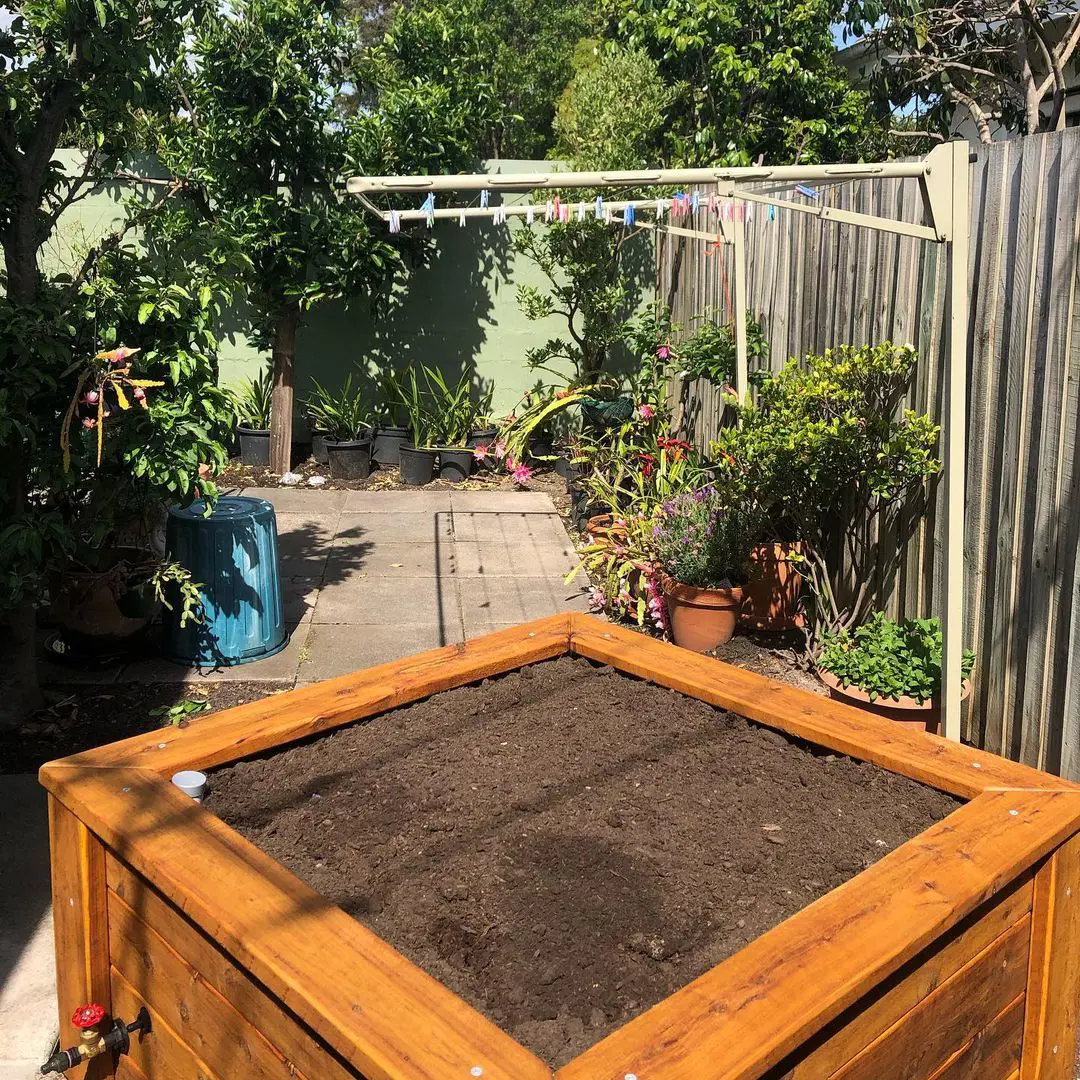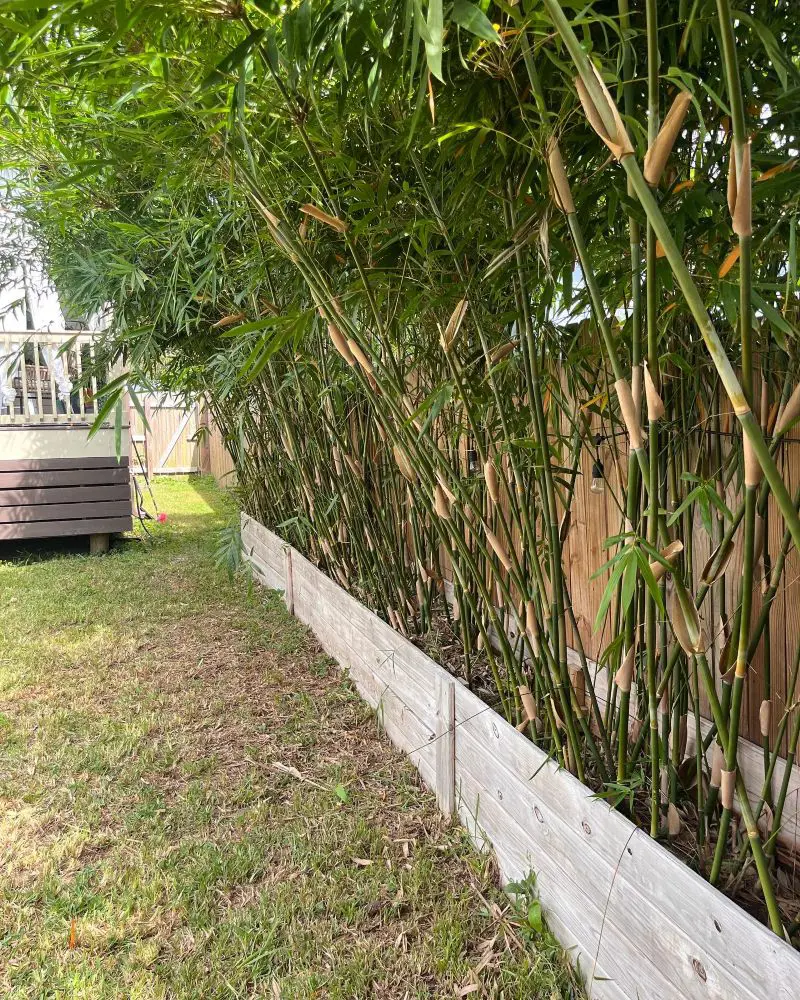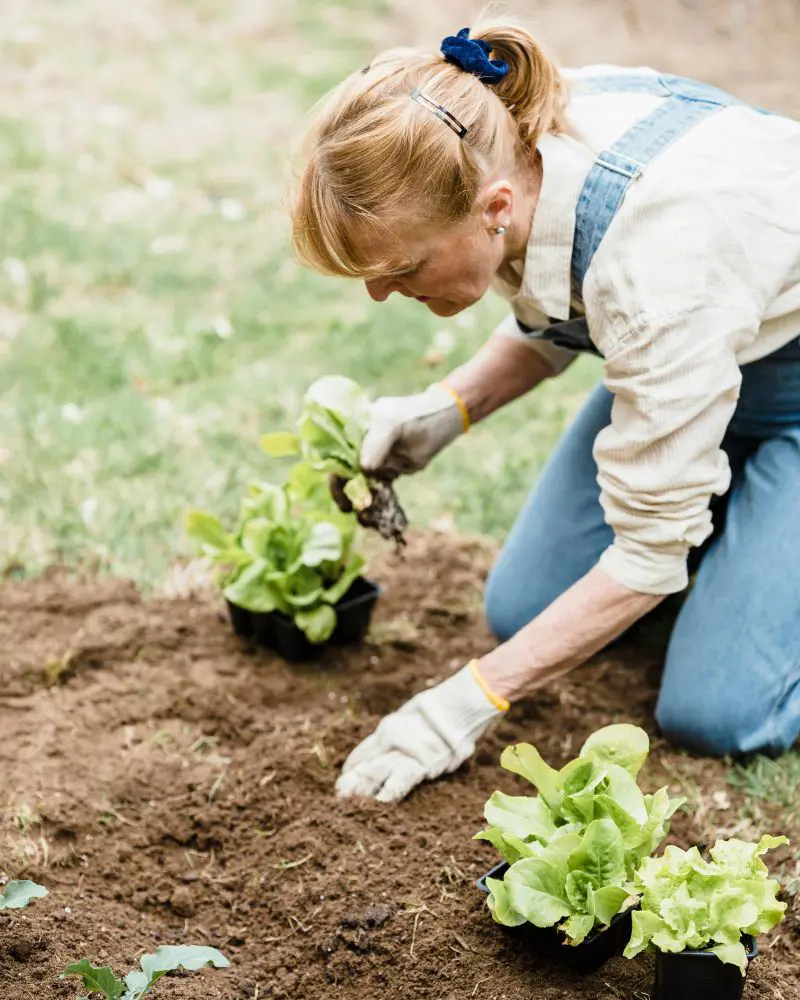Removing bushes can sometimes bring unexpected challenges. Stubborn roots, hidden obstacles, and regrowth can complicate the process, especially for beginners.
Here’s a breakdown of common issues you may encounter and how to handle them effectively.
Roots Too Deep or Wide
One of the biggest obstacles in removing a bush is its root system, which can run deeper or spread wider than anticipated. Large or mature bushes often have extensive roots that anchor them firmly into the soil, making manual removal difficult.
To tackle this, dig a trench around the root ball to expose as many roots as possible. For extremely deep roots, consider using a root saw or ax to cut through thicker sections, or rent a root removal tool if needed.
Regrowth After Removal
Even after you’ve removed the visible bush and roots, some bushes may start to regrow. This is especially common with hardy shrubs that can regenerate from small root fragments left in the soil.
To prevent regrowth, try to remove as many roots as possible during the initial extraction. Additionally, applying a root-killing solution to any remaining root pieces can inhibit further growth. Be cautious with these solutions, especially if other plants are nearby.
Hard or Compacted Soil
Hard or compacted soil around the bush may make the digging very hard. The soil that has not been aerated for some time, or watered, almost feels rock solid and hence makes the actual process of removal rather slow.
If necessary, this can be made a little easier by soaking the soil around the bush a day in advance of removal. This will soften the ground and make digging easier.
Of course, if you have compacted soil throughout your garden on a regular basis, it might also be worth considering purchasing a garden fork or rototiller for use on projects in the future.
Damage to Nearby Plants or Structures
This is a very simple process, though often one may damage any plants or structures nearby in the removal, especially when roots have grown into other areas. Bushes that are close to fences, walls, or other landscaping features can present some complications.
Clear out as many of the branches as possible without going into the roots. Be careful with your cuts, making clean cuts instead of tugging at the roots too hard, which could cause disruptions to plants or infrastructure nearby.
Discovering Pests or Diseases
Sometimes, eliminating a bush reveals some latent pest activity or even some symptoms of disease. Pests like termites or grubs might have infested the roots and surrounding soil. Similarly, some diseases can be transmitted to other plants from a bush if it is not disposed of correctly.
If pests are found, you may want to take care of the area with a non-toxic pesticide to avoid further spread. If the disease is present, remove infected soil and plant material; if replanting, do so after treatment of the area.
